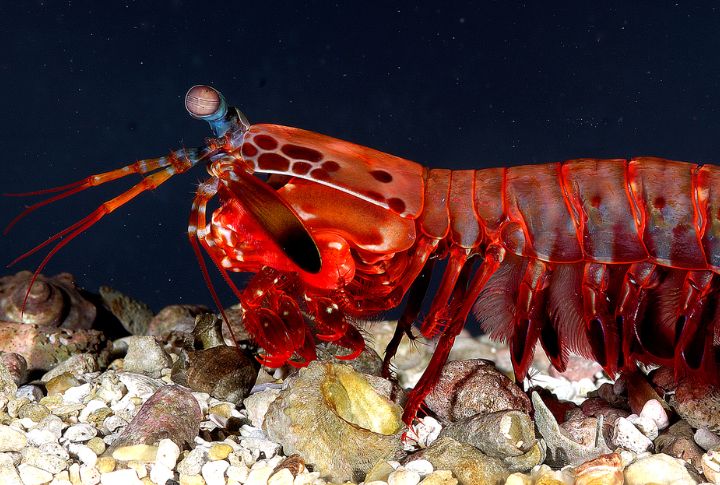
Beneath the ocean’s shimmering surface, beauty and danger often go hand in hand. Some creatures lure with bioluminescent tricks; others strike with venom so potent it leaves no chance for escape. Keep reading to meet the marine predators, which prove that the sea’s deadliest threats aren’t always the most obvious.
Blue-Ringed Octopus
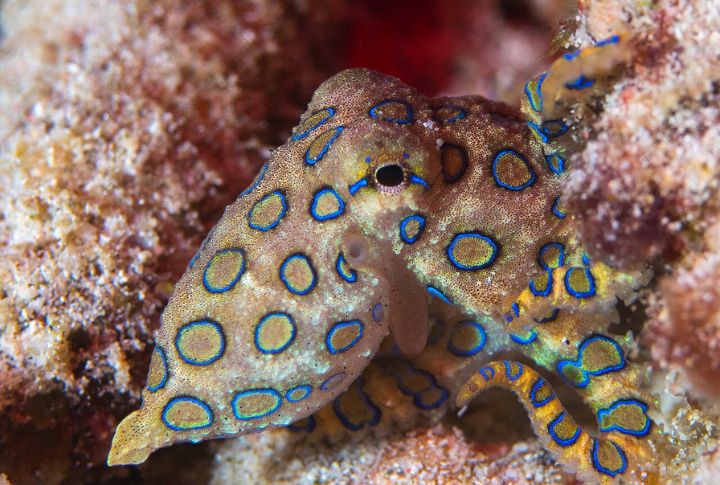
A marine biologist might wonder why such a small creature is so unsettling. Barely the size of a golf ball, the sapphire-ringed octopus only bites when provoked. Yet, when it does, its powerful neurotoxin can paralyze you in seconds, causing no pain or swelling—just a slow numbness before total system failure. Often, swimmers don’t even notice the sting until it’s too late.
Box Jellyfish
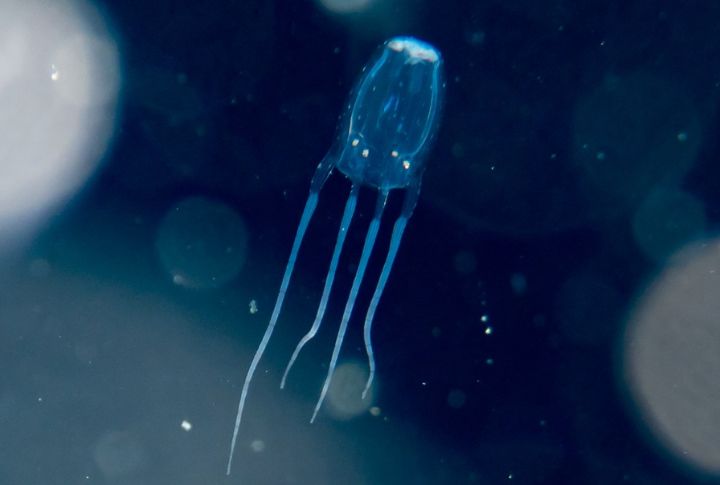
Australia sees a high number of marine stings daily, but none are as terrifying as the translucent box jellyfish. With 24 eyes, it injects toxins that immediately target the nervous system. The pain from its sting is so excruciating that some swimmers even drown before they can reach safety.
Anglerfish
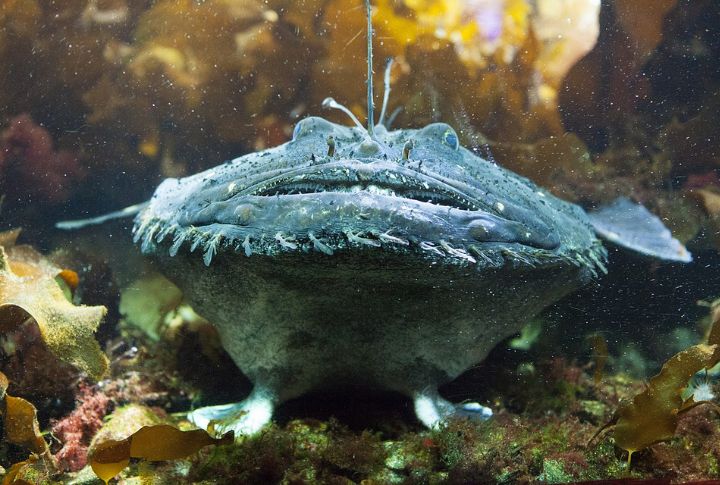
In the abyssal darkness, light becomes a deadly lure. The female anglerfish dangles a glowing decoy, drawing unsuspecting creatures straight into her cavernous jaws, where inward-facing fangs ensure no escape. Meanwhile, the males merge with the females, losing themselves entirely and becoming nothing more than reproductive vessels.
Flower Urchin
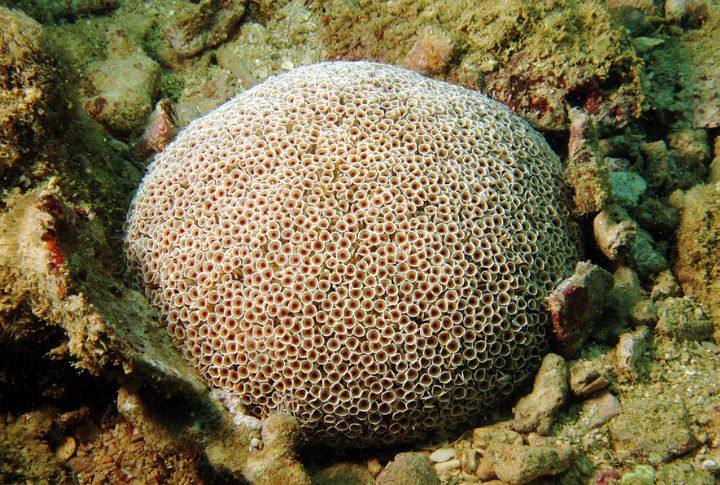
Divers learn the hard way that beauty in the ocean can be deceptive. The blossom urchin’s delicate pink and white spikes pack venom that triggers convulsions and muscle paralysis. The worst part? Even if you avoid the needles, their poison seeps through the skin.
Stonefish
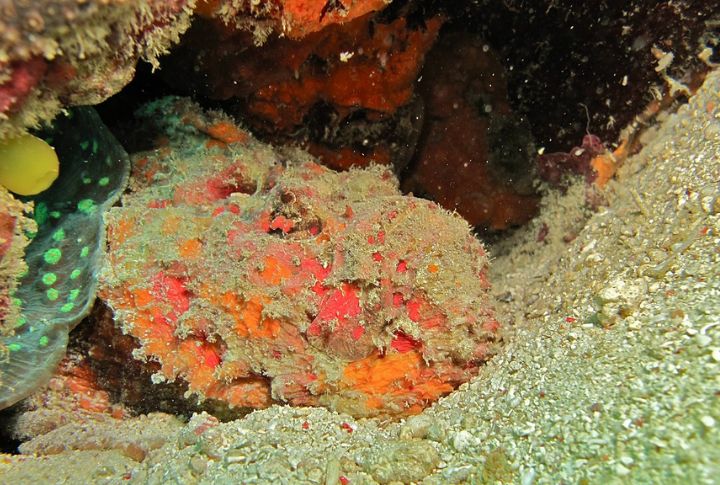
Step wrong on an Australian beach, and your soul might meet the most toxic fish on Earth. The reef stonefish vanishes seamlessly against the seafloor, waiting for unwary creatures or unlucky swimmers to make contact with its toxin-packed barbs. Victims describe the agony as unbearable, with some begging for amputation.
Goblin Shark
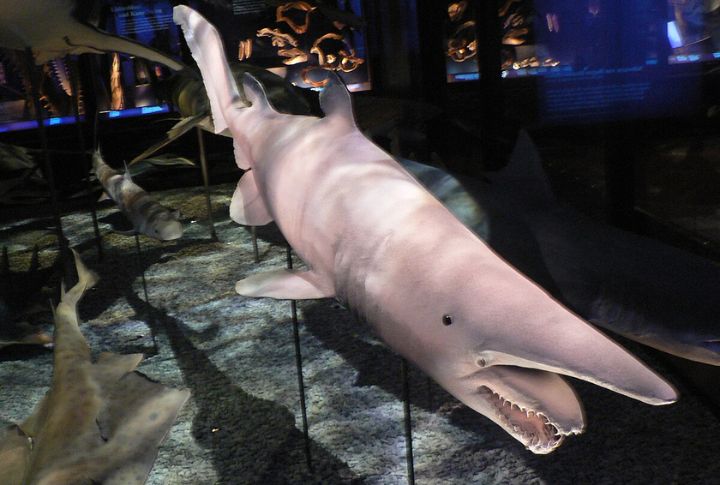
Discovered in 1898, the goblin shark looks more like a prehistoric terror than a modern-day predator. Unlike its streamlined relatives, this deep-sea monstrosity doesn’t chase its meal; it ejects its jaw very swiftly, snatching unsuspecting fish before they comprehend what happened. If aliens inhabit the ocean, this is one.
Cone Snail
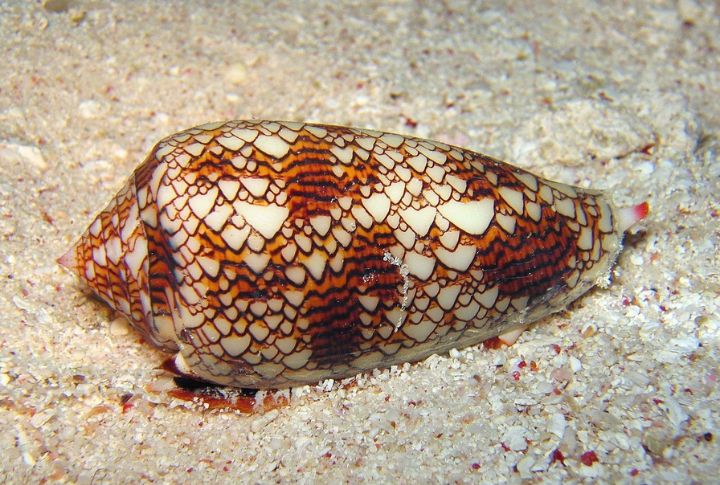
More than 700 varieties of cone snails exist, and all are armed. Their venom contains conotoxins, which block nerve signals and shut down the body quickly. The most dangerous, Conus georgianus, has claimed at least 30 lives. There’s no antidote, just a slow descent into full-body paralysis.
Mantis Shrimp
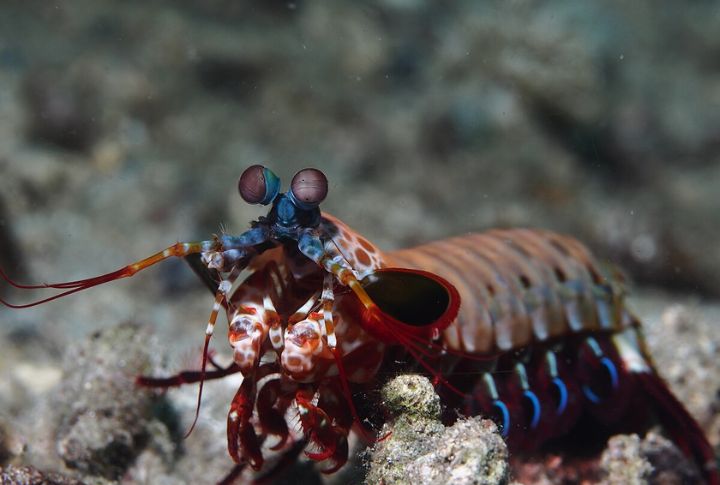
At first glance, the mantis shrimp resembles an underwater rainbow. In reality, it’s a living jackhammer. Its club-like appendages strike with the velocity of a .22 caliber bullet, generating heat and shockwaves that can boil liquid. In aquariums, they shatter glass. In the wild, they obliterate shells effortlessly.
Sea Wasp

Not all jellyfish are lethal, but this one is fast. The sea wasp, responsible for more fatalities in Australia than sharks, snakes, and crocodiles combined, delivers venom so potent that cardiac arrest can occur within minutes. Even survivors endure weeks of agony, often leaving permanent scars.
Portuguese Man of War

Unlike jellyfish, this isn’t a single entity. Instead, it’s a drifting colony of specialized organisms working together. Its translucent blue crest seems harmless, but below it, tendrils stretch 30 feet long, wrapping around prey and delivering toxins that burn, blister, and sometimes prove fatal. Severed tentacles remain active for days.

